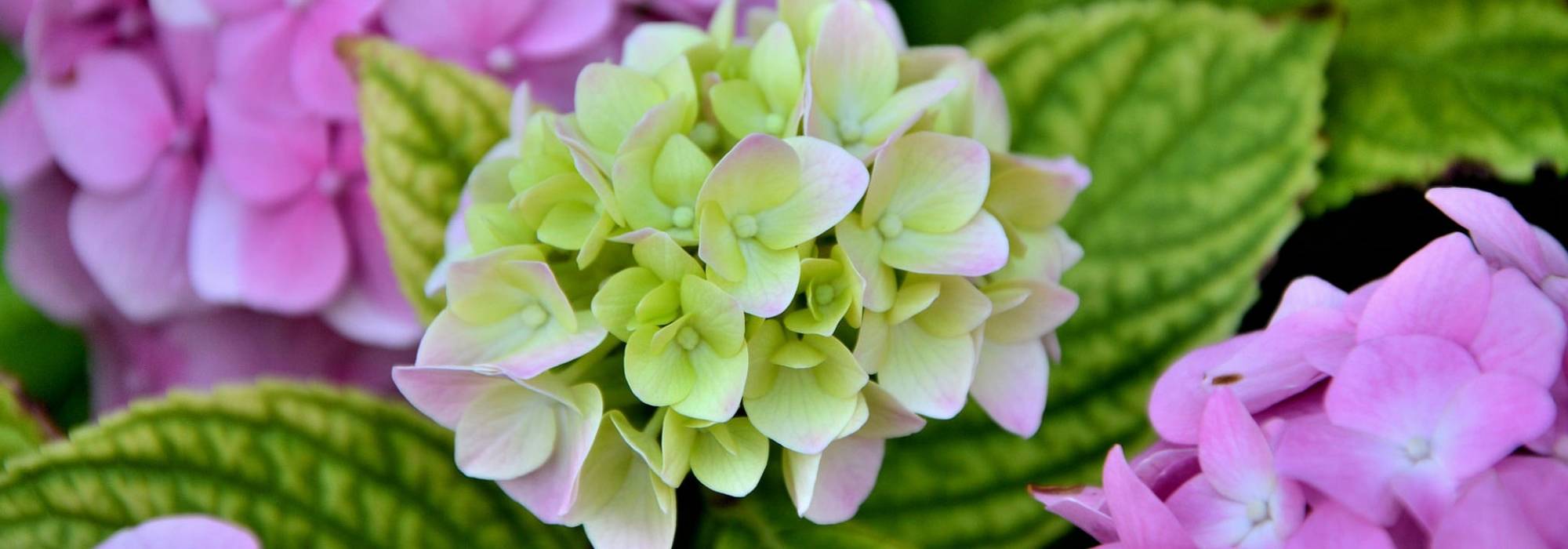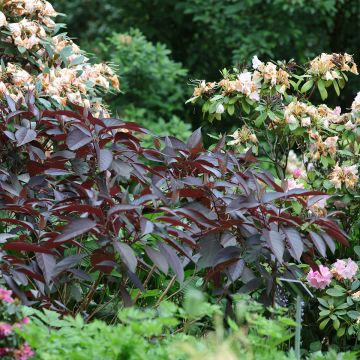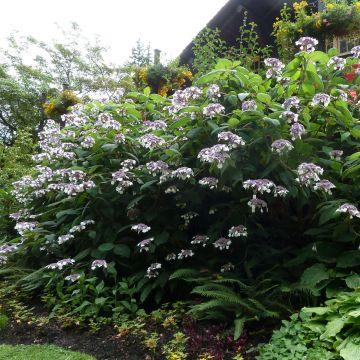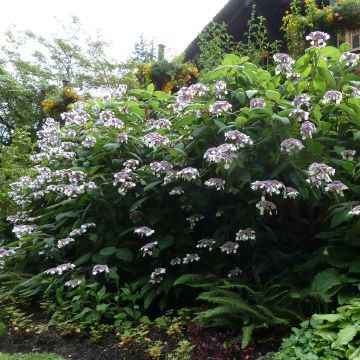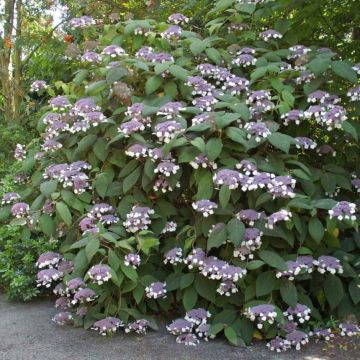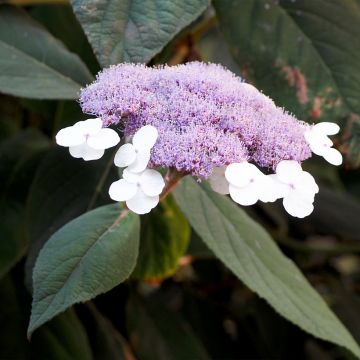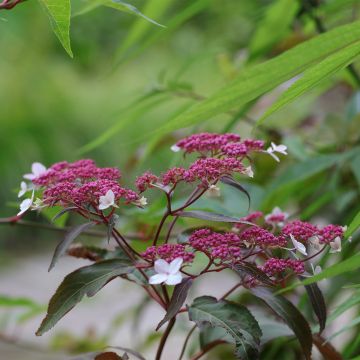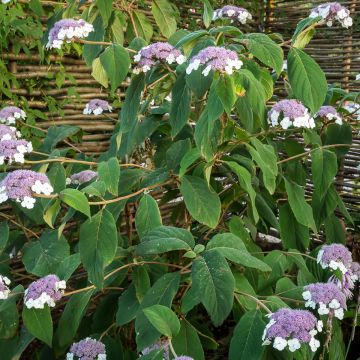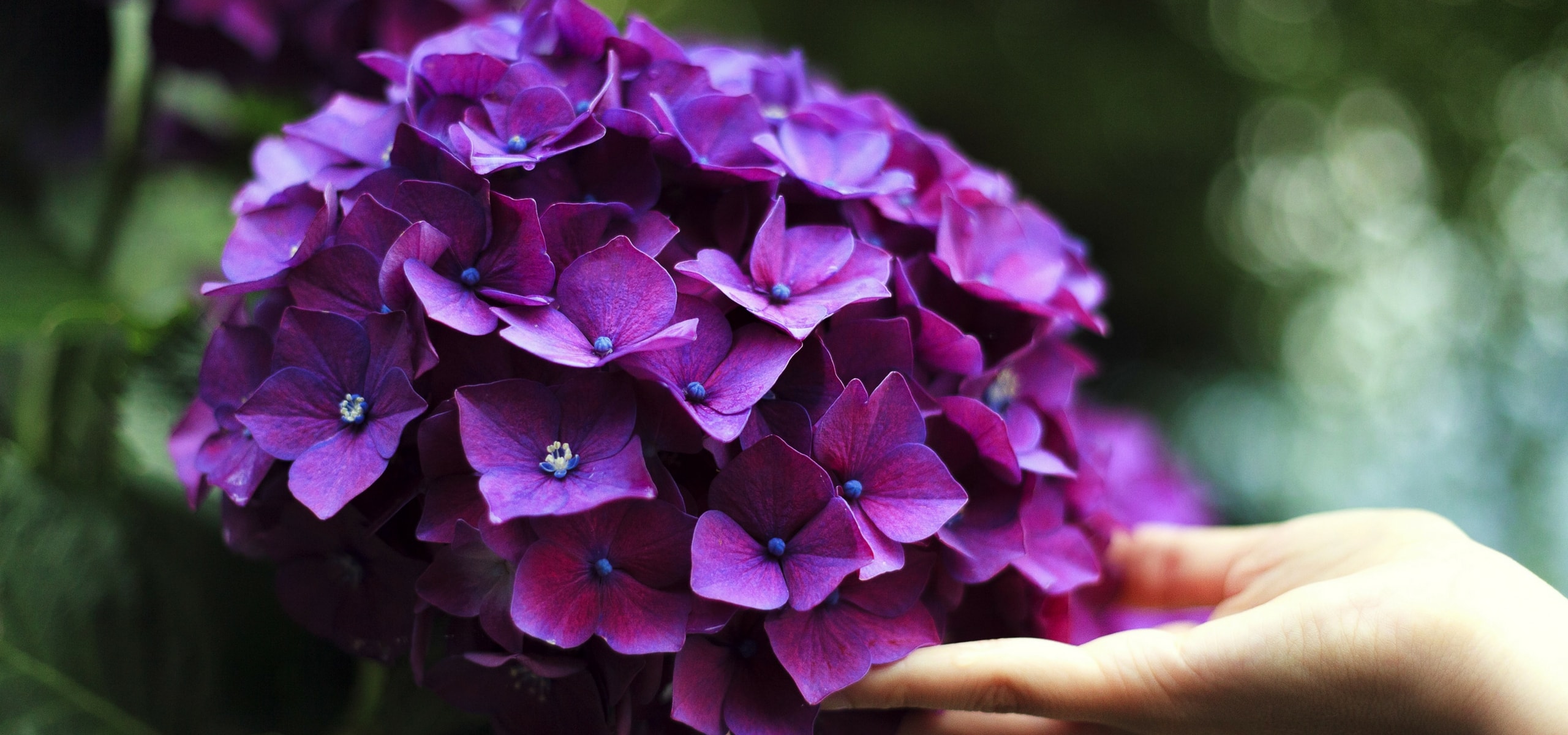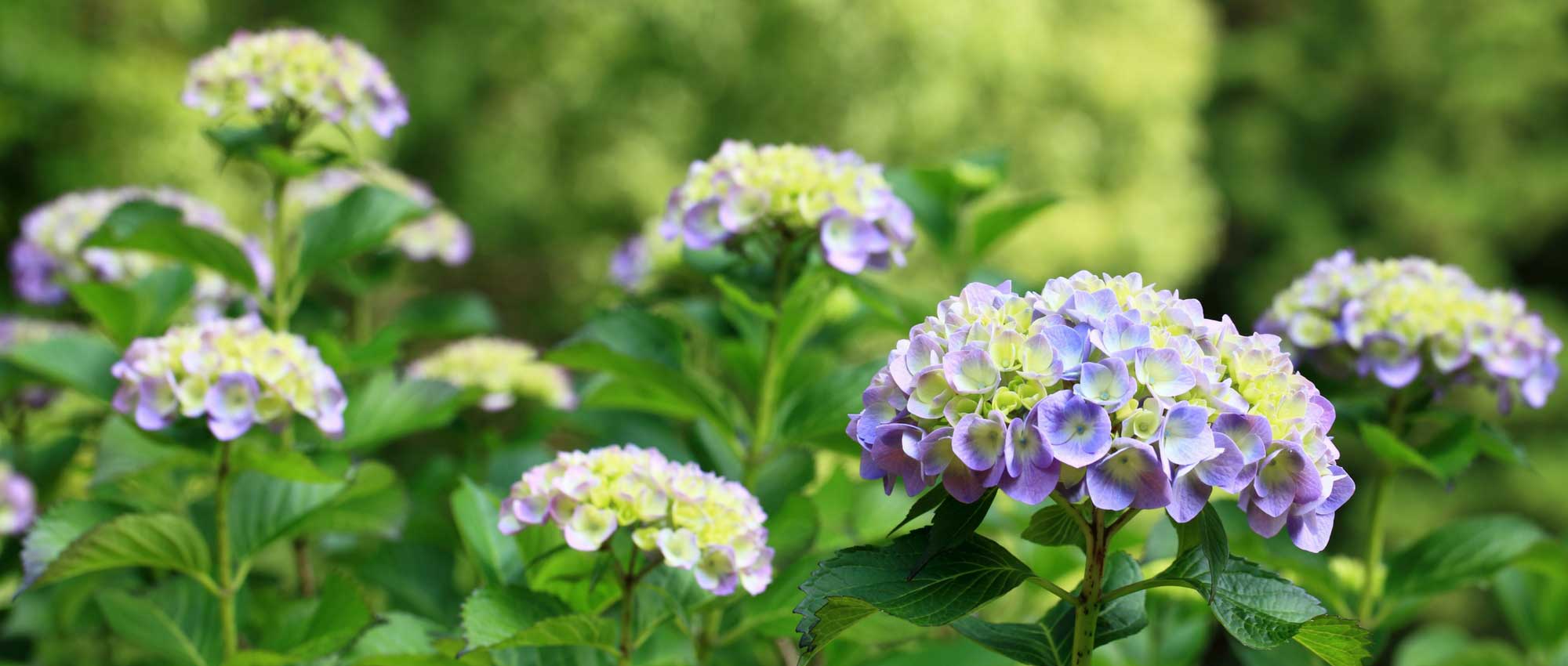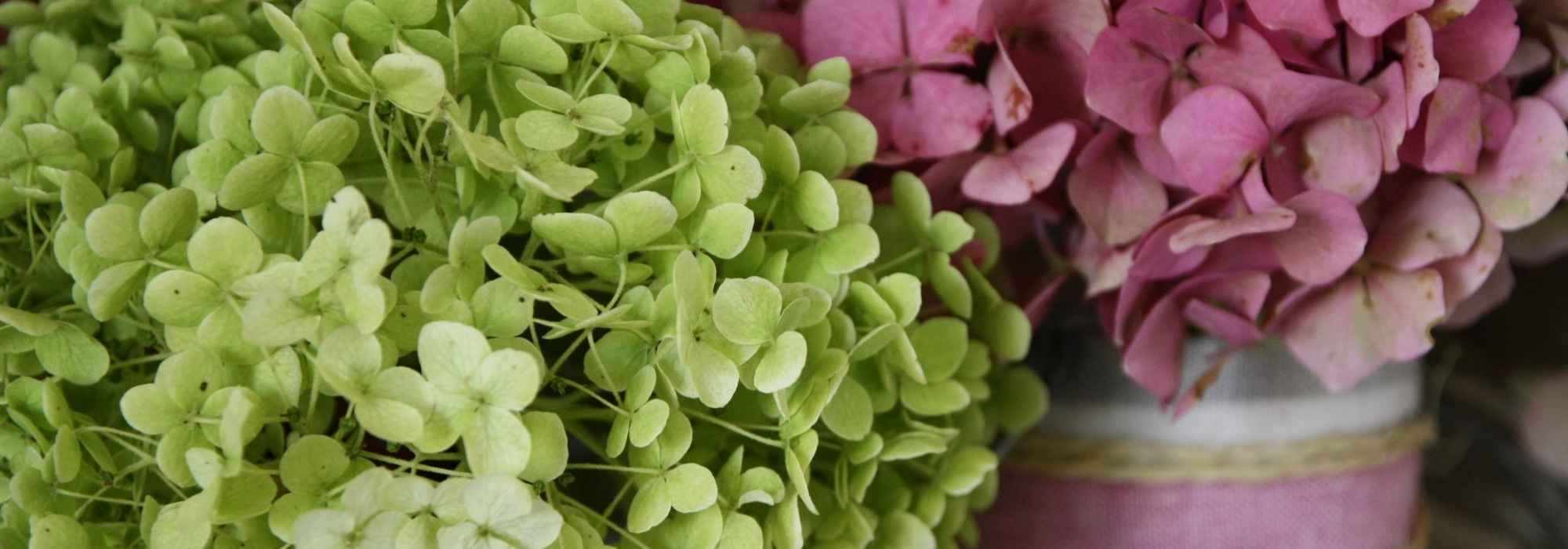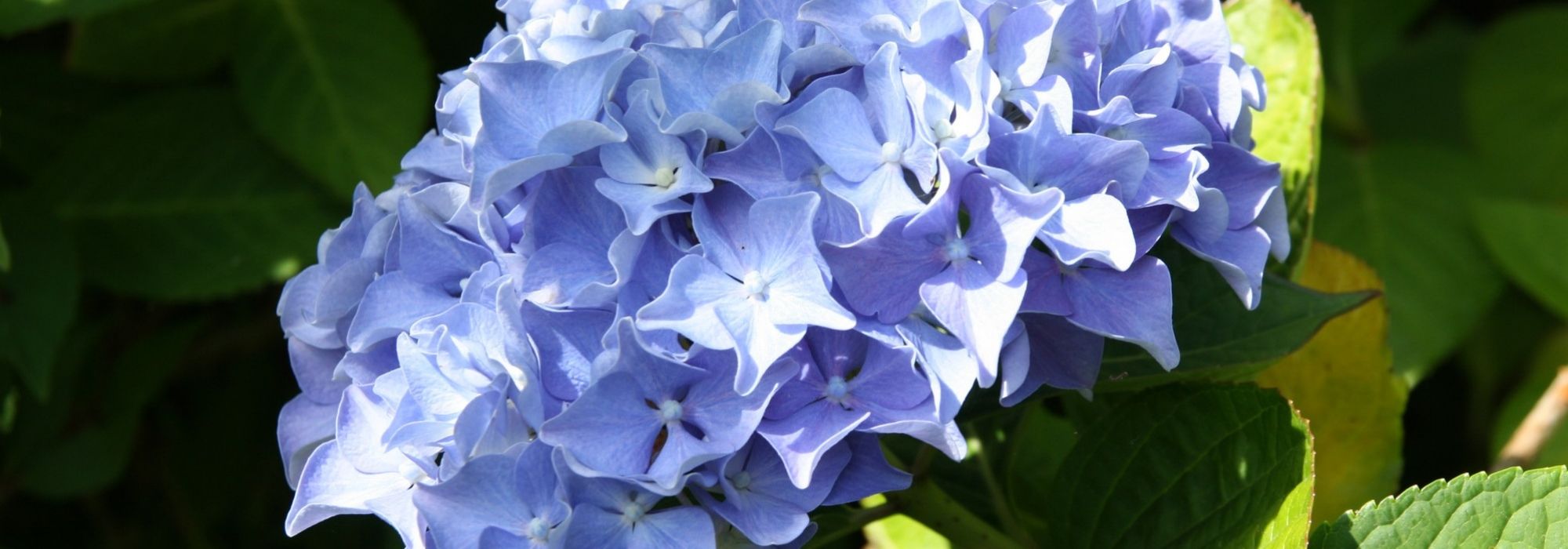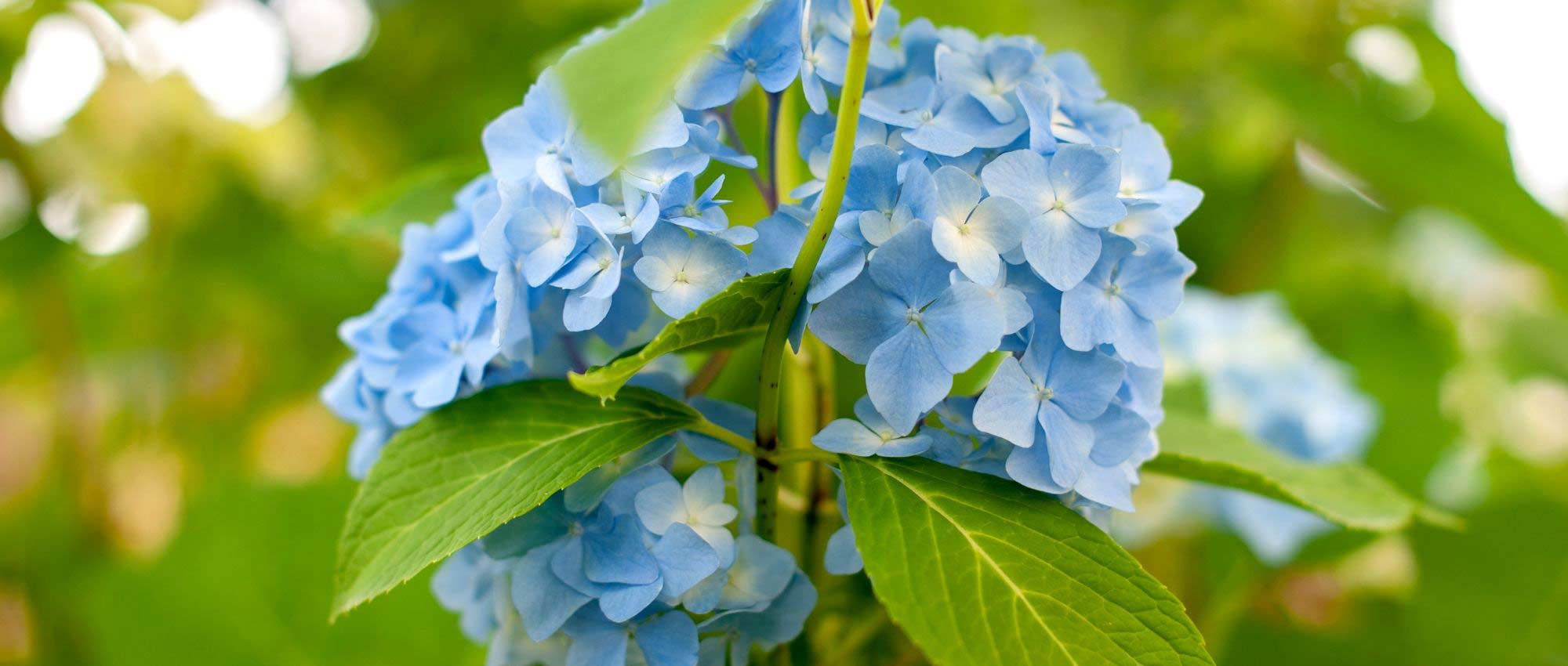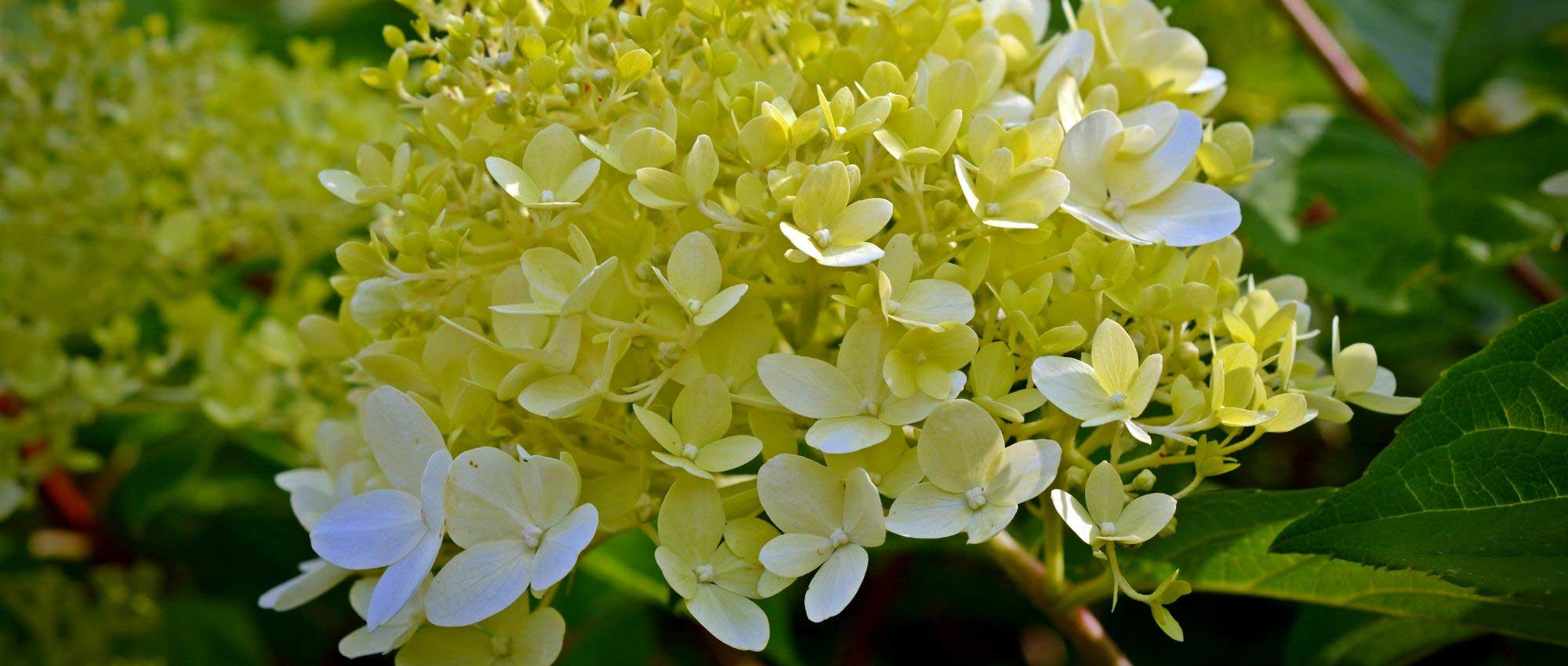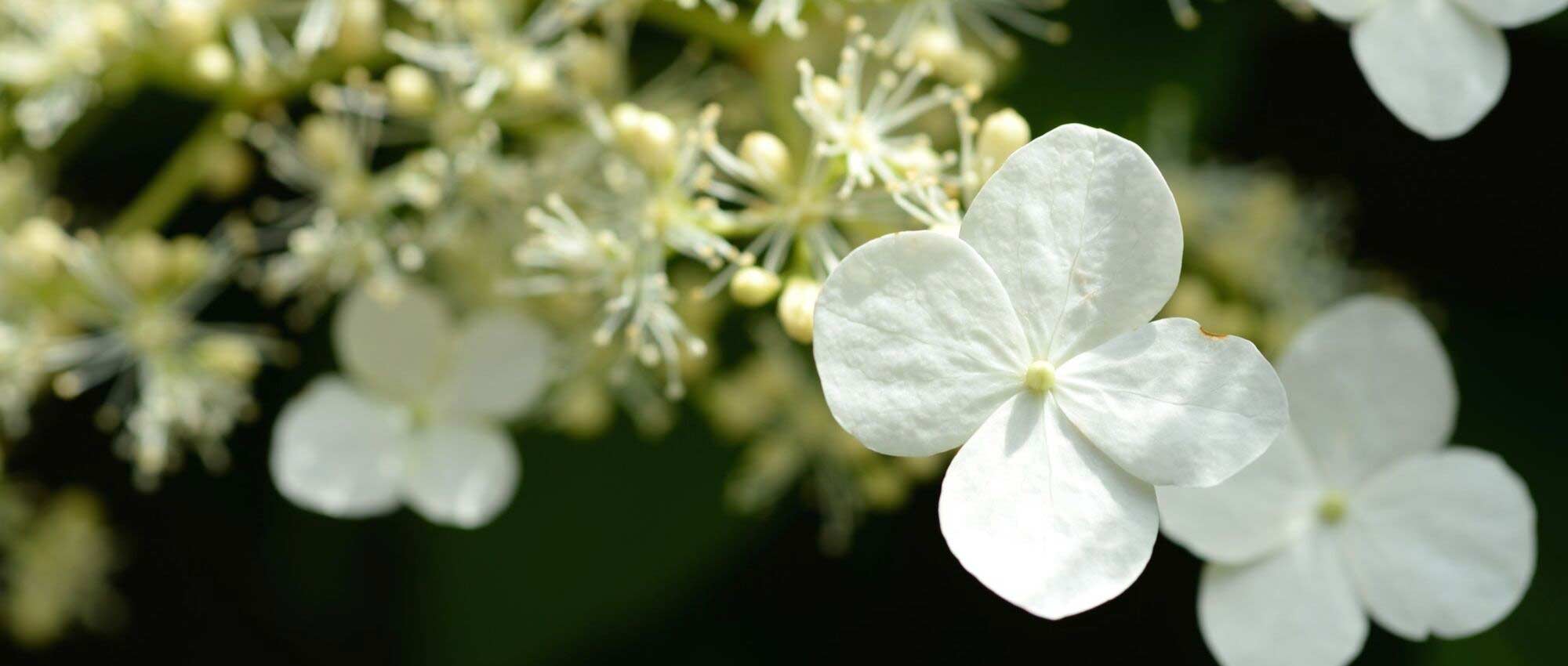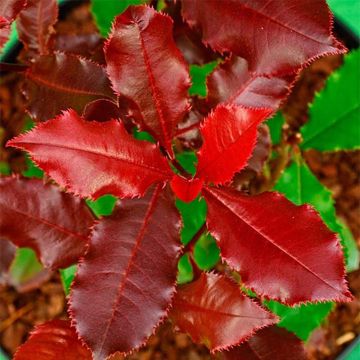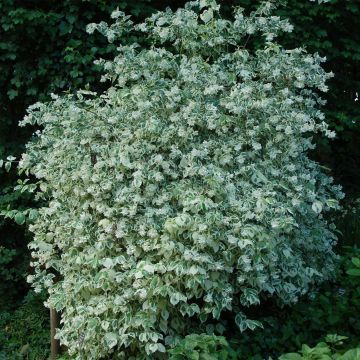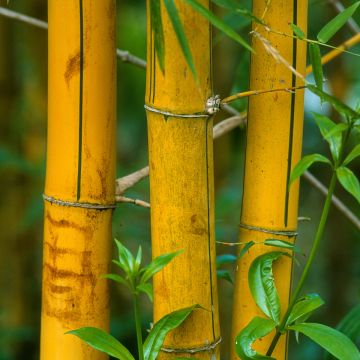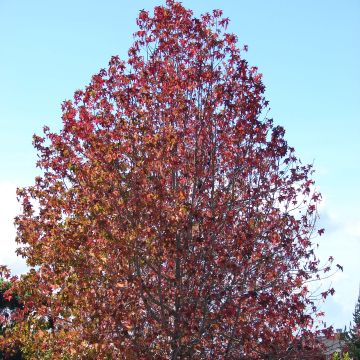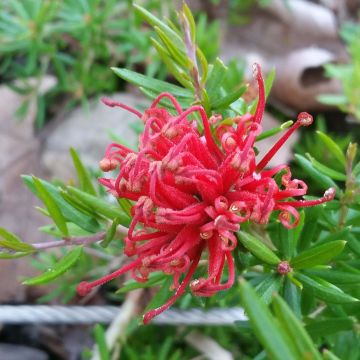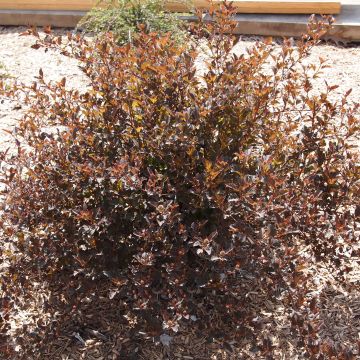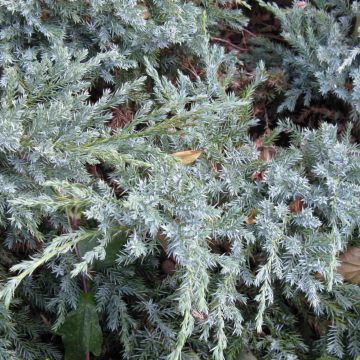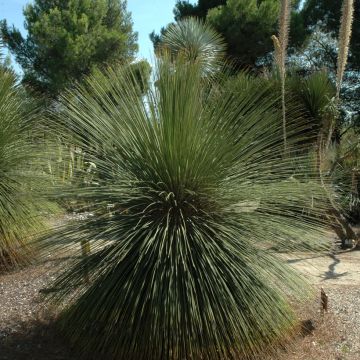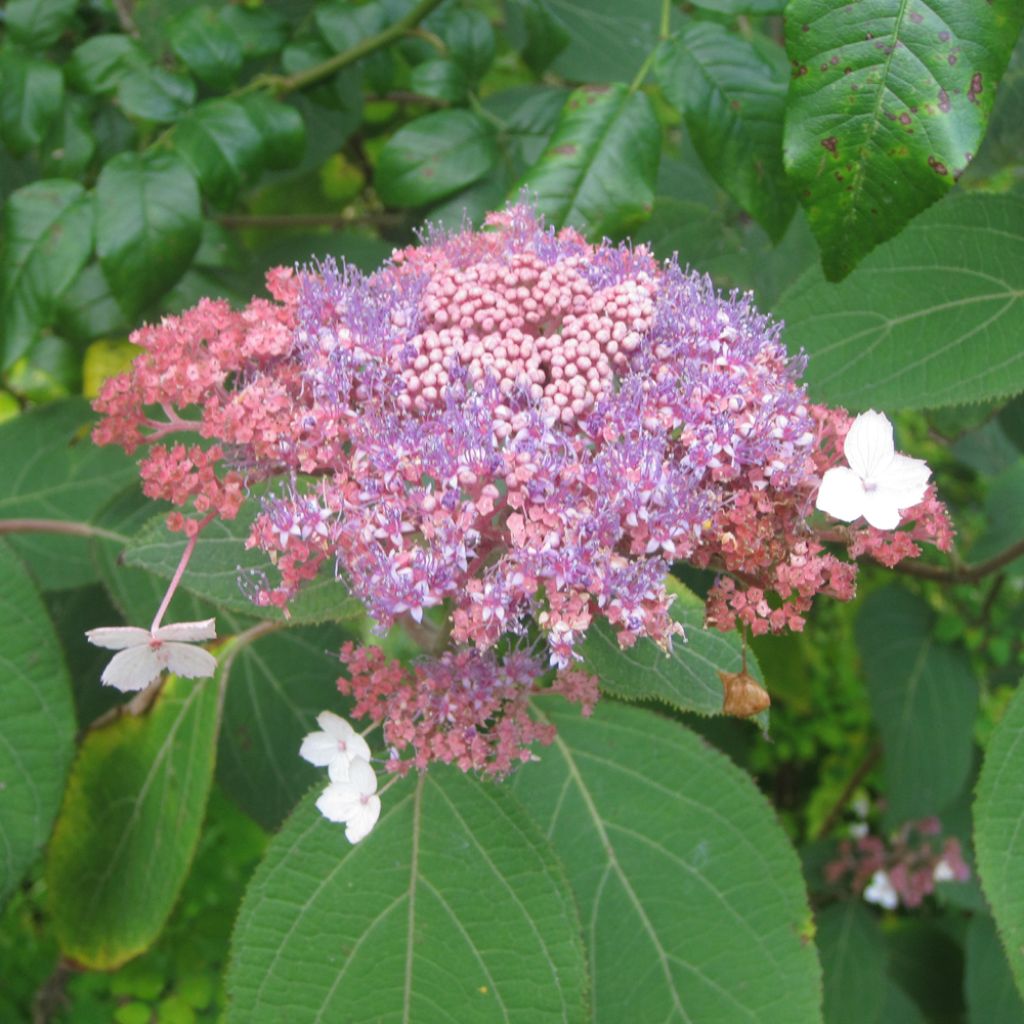

Hydrangea aspera Kawakami - Hortensia arbustif
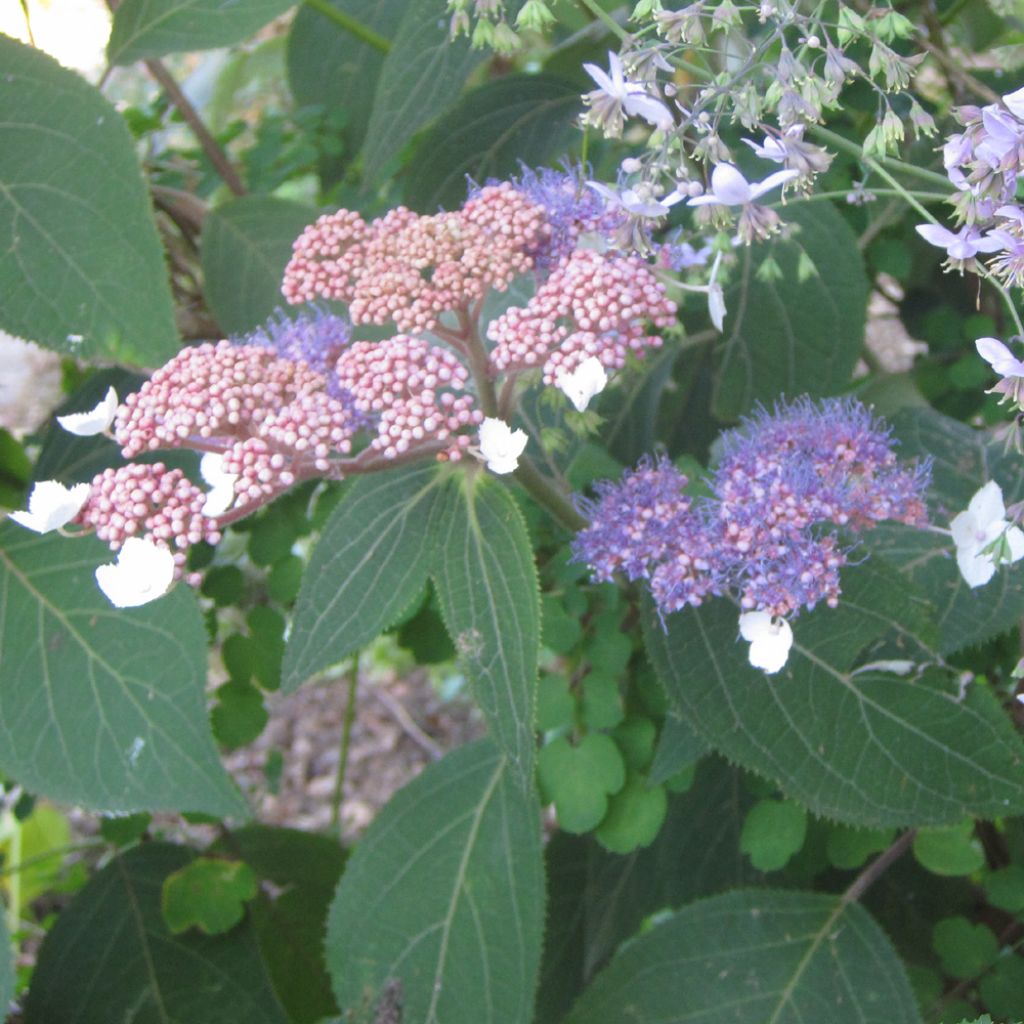

Hydrangea aspera Kawakami - Hortensia arbustif
Hydrangea aspera Kawakami
Hydrangea aspera Kawakami
Rough-leaved Hydrangea, Aspera Hydrangea
Special offer!
Receive a €20 voucher for any order over €90 (excluding delivery costs, credit notes, and plastic-free options)!
1- Add your favorite plants to your cart.
2- Once you have reached €90, confirm your order (you can even choose the delivery date!).
3- As soon as your order is shipped, you will receive an email containing your voucher code, valid for 3 months (90 days).
Your voucher is unique and can only be used once, for any order with a minimum value of €20, excluding delivery costs.
Can be combined with other current offers, non-divisible and non-refundable.
Home or relay delivery (depending on size and destination)
Schedule delivery date,
and select date in basket
This plant carries a 24 months recovery warranty
More information
We guarantee the quality of our plants for a full growing cycle, and will replace at our expense any plant that fails to recover under normal climatic and planting conditions.

Does this plant fit my garden?
Set up your Plantfit profile →
Description
The Hydrangea aspera 'Kawakami' is a majestic bush hydrangea, distinguished by its large size and wide, slightly rounded flower heads, resembling a grandmother's bonnet, reaching a diameter of 35 cm (13.8 in). They are more or less fragrant, reddish-purple, adorned with white florets, as their colour is not greatly influenced by the soil's pH. They bloom from the end of August and continue flowering throughout the month of September, accompanying the mauve stars of asters. Its foliage is also striking, medium green and lightly hairy, deeply veined. It is a variety that is not demanding in terms of soil, as long as it is moist, and does not require pruning. Definitely worth discovering.
Native to a large part of southern and eastern Asia, where it shows great variability, the Hydrangea aspera is a hardy large shrub belonging to the hydrangea family, and a close relative of the large-leaved hydrangeas with ball-shaped flower heads.
The Kawakami variety is a beautiful bush that can grow up to 3 metres in all directions. It has an upright and dense habit. The flower head is dense and shaped like an umbrella, with small flowers. The sterile flowers, larger and fewer in number, form a sparse crown around the fertile flowers. The fertile flowers look like small clustered buds that open into tiny violet flowers from the outer to the inner part of the corymb, forming a grandmother's bonnet. The leaves are similar to those of Hydrangea aspera macrophylla but lighter. They are large and lanceolate, serrated, downy, and marked by fairly deep veins. The leaves surround the stem at their base to a greater or lesser extent.
This bush thrives in cool shady or semi-shady environments, but it is one of the few, along with Hydrangea quercifolia and its varieties, that is indifferent to the presence of limestone in the soil and enjoys sunny, non-scorching exposures. Naturally, it will also thrive in an ericaceous bed alongside other hydrangeas, Kalmia, or Azalea, for example. Hydrangea aspera 'Kawakami' allows you to decorate a free hedge or the edge of a grove, woodland, but plant it near a pathway or a window, as it would be a shame not to enjoy its magnificent flowering, when very few shrubs are still blooming in September.
Hydrangea aspera Kawakami in pictures
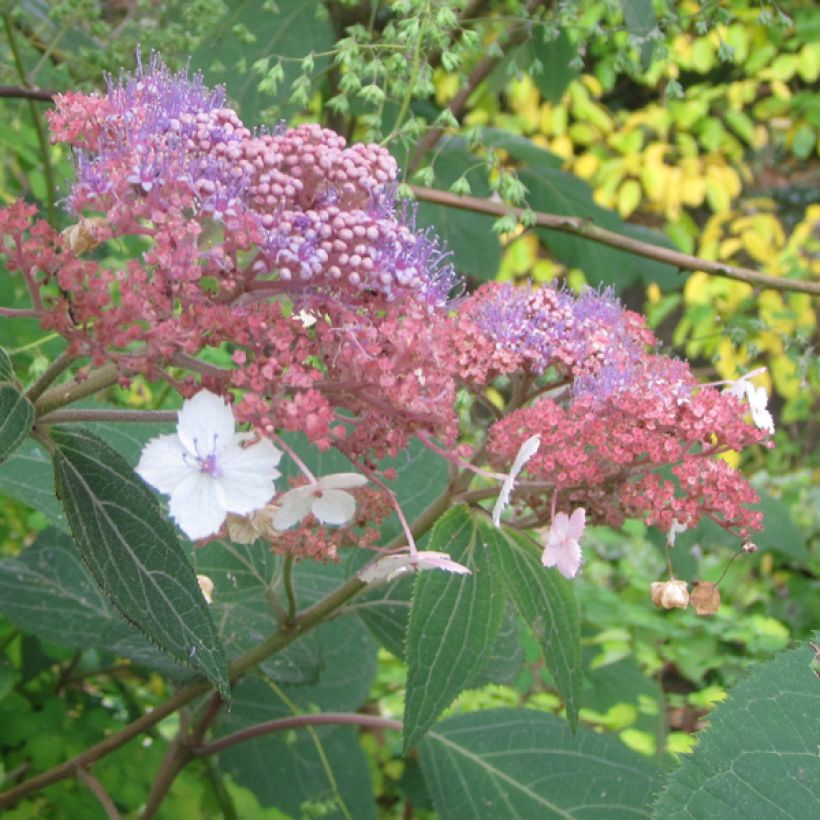

Plant habit
Flowering
Foliage
Botanical data
Hydrangea
aspera
Kawakami
Hydrangeaceae
Rough-leaved Hydrangea, Aspera Hydrangea
Cultivar or hybrid
Other Hydrangea aspera
View all →Planting and care
When planting your Hydrangea aspera 'Kawakami' choose a spot that is partially shaded or gently sunny. If your soil is very chalky, prepare the soil by mixing garden soil, leaf compost, and ericaceous soil. This variety usually grows well in deep, well-drained soil that remains moist in summer. Adding well-rotted manure or compost will help it thrive. It is essential to water the plant abundantly during planting and the first two years after planting. It is also recommended to water it several times during the summer in case of prolonged drought. Stop watering after September, and in cold regions, protect the base with a mulch of dead leaves.
Note that this variety of hydrangea is not suitable for container cultivation. It will grow best when planted directly into the ground.
Planting period
Intended location
Care
Planting & care advice
-
, onOrder confirmed
Reply from on Promesse de fleurs
Similar products
Haven't found what you were looking for?
Hardiness is the lowest winter temperature a plant can endure without suffering serious damage or even dying. However, hardiness is affected by location (a sheltered area, such as a patio), protection (winter cover) and soil type (hardiness is improved by well-drained soil).

Photo Sharing Terms & Conditions
In order to encourage gardeners to interact and share their experiences, Promesse de fleurs offers various media enabling content to be uploaded onto its Site - in particular via the ‘Photo sharing’ module.
The User agrees to refrain from:
- Posting any content that is illegal, prejudicial, insulting, racist, inciteful to hatred, revisionist, contrary to public decency, that infringes on privacy or on the privacy rights of third parties, in particular the publicity rights of persons and goods, intellectual property rights, or the right to privacy.
- Submitting content on behalf of a third party;
- Impersonate the identity of a third party and/or publish any personal information about a third party;
In general, the User undertakes to refrain from any unethical behaviour.
All Content (in particular text, comments, files, images, photos, videos, creative works, etc.), which may be subject to property or intellectual property rights, image or other private rights, shall remain the property of the User, subject to the limited rights granted by the terms of the licence granted by Promesse de fleurs as stated below. Users are at liberty to publish or not to publish such Content on the Site, notably via the ‘Photo Sharing’ facility, and accept that this Content shall be made public and freely accessible, notably on the Internet.
Users further acknowledge, undertake to have ,and guarantee that they hold all necessary rights and permissions to publish such material on the Site, in particular with regard to the legislation in force pertaining to any privacy, property, intellectual property, image, or contractual rights, or rights of any other nature. By publishing such Content on the Site, Users acknowledge accepting full liability as publishers of the Content within the meaning of the law, and grant Promesse de fleurs, free of charge, an inclusive, worldwide licence for the said Content for the entire duration of its publication, including all reproduction, representation, up/downloading, displaying, performing, transmission, and storage rights.
Users also grant permission for their name to be linked to the Content and accept that this link may not always be made available.
By engaging in posting material, Users consent to their Content becoming automatically accessible on the Internet, in particular on other sites and/or blogs and/or web pages of the Promesse de fleurs site, including in particular social pages and the Promesse de fleurs catalogue.
Users may secure the removal of entrusted content free of charge by issuing a simple request via our contact form.
The flowering period indicated on our website applies to countries and regions located in USDA zone 8 (France, the United Kingdom, Ireland, the Netherlands, etc.)
It will vary according to where you live:
- In zones 9 to 10 (Italy, Spain, Greece, etc.), flowering will occur about 2 to 4 weeks earlier.
- In zones 6 to 7 (Germany, Poland, Slovenia, and lower mountainous regions), flowering will be delayed by 2 to 3 weeks.
- In zone 5 (Central Europe, Scandinavia), blooming will be delayed by 3 to 5 weeks.
In temperate climates, pruning of spring-flowering shrubs (forsythia, spireas, etc.) should be done just after flowering.
Pruning of summer-flowering shrubs (Indian Lilac, Perovskia, etc.) can be done in winter or spring.
In cold regions as well as with frost-sensitive plants, avoid pruning too early when severe frosts may still occur.
The planting period indicated on our website applies to countries and regions located in USDA zone 8 (France, United Kingdom, Ireland, Netherlands).
It will vary according to where you live:
- In Mediterranean zones (Marseille, Madrid, Milan, etc.), autumn and winter are the best planting periods.
- In continental zones (Strasbourg, Munich, Vienna, etc.), delay planting by 2 to 3 weeks in spring and bring it forward by 2 to 4 weeks in autumn.
- In mountainous regions (the Alps, Pyrenees, Carpathians, etc.), it is best to plant in late spring (May-June) or late summer (August-September).
The harvesting period indicated on our website applies to countries and regions in USDA zone 8 (France, England, Ireland, the Netherlands).
In colder areas (Scandinavia, Poland, Austria...) fruit and vegetable harvests are likely to be delayed by 3-4 weeks.
In warmer areas (Italy, Spain, Greece, etc.), harvesting will probably take place earlier, depending on weather conditions.
The sowing periods indicated on our website apply to countries and regions within USDA Zone 8 (France, UK, Ireland, Netherlands).
In colder areas (Scandinavia, Poland, Austria...), delay any outdoor sowing by 3-4 weeks, or sow under glass.
In warmer climes (Italy, Spain, Greece, etc.), bring outdoor sowing forward by a few weeks.






























